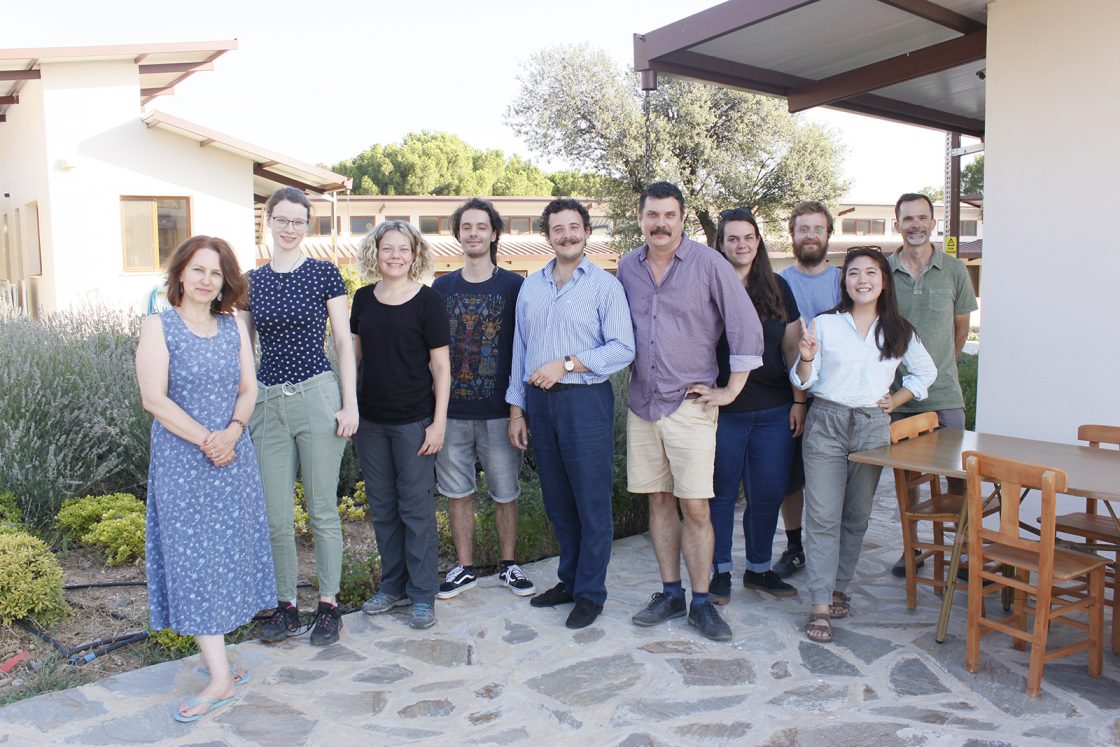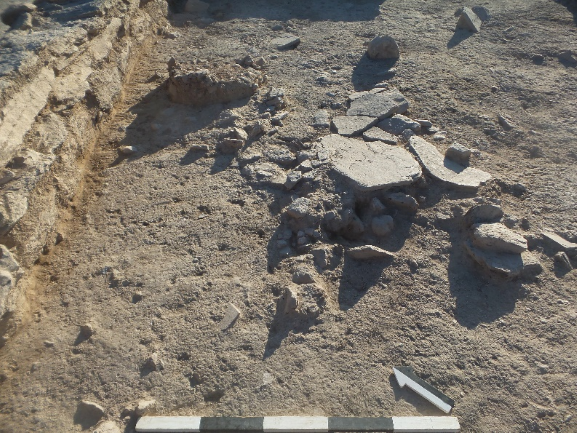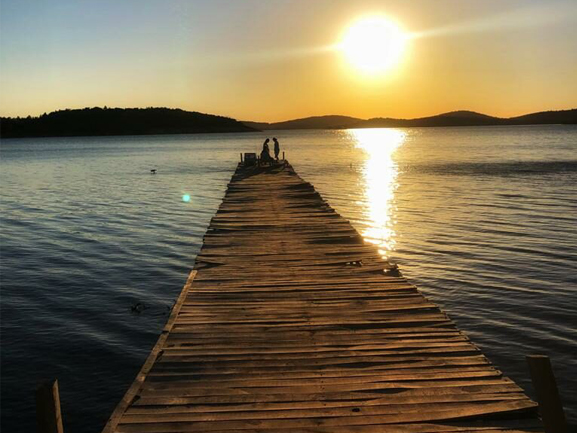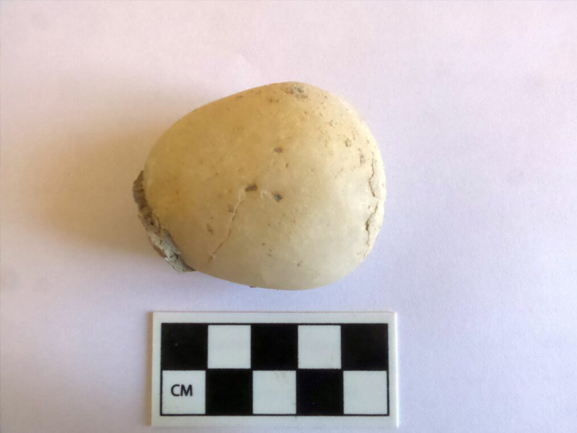Another Season of Material Analyses…
Gygaia Projects
With this year’s excavations behind us, we welcomed a team of researchers and graduate students to work on detailed analyses of materials. The largest effort, as measured in person hours, was dedicated to ceramics, as is typical of a Bronze Age excavation in Anatolia like Kaymakçı. Significant progress was made also with analyses of small tools in flaked stone and non-flaked stone, ground stone implements, and assorted small finds including terracotta spindle whorls, small craft tools in copper alloys like awls and chisels, and other small metal finds.

Magda Pieniążek photographs copper alloy pins and other small craft tools.

A second team picture of the year, including the “second phase” group of material analysts (from left to right: Magda Pieniążek, Kristina Doležalová, Ceren Çilingir, Ján Bobik, Atilla Vatansever, Peter Pavúk, Anna Peterková, Tunç Kaner, Nami Shin, and Chris Roosevelt).
Look forward to more posts from Gygaia Projects soon!












